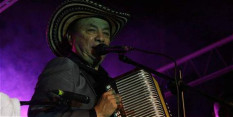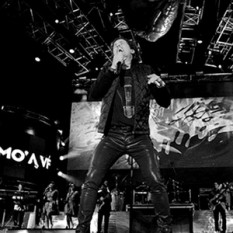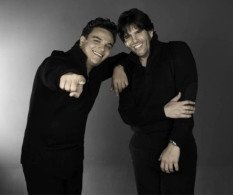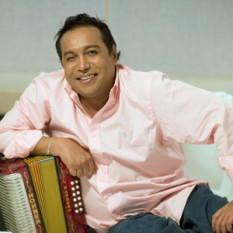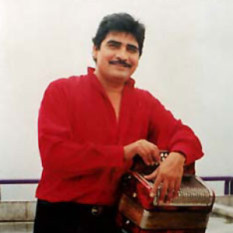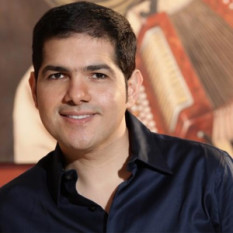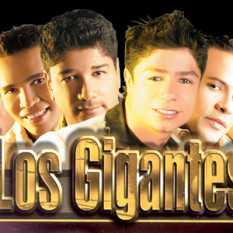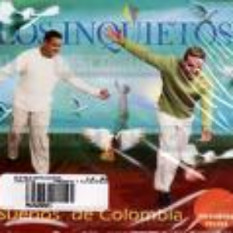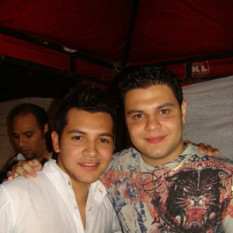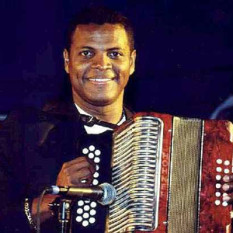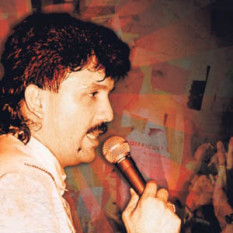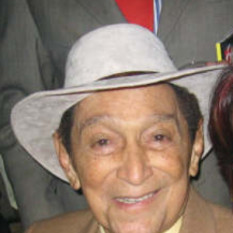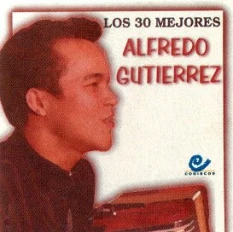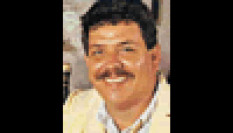Vallenato, along with cumbia, is currently one of the most popular forms of folk music of Colombia. It primarily comes from Colombia's Caribbean region. Vallenato literally means "born in the valley." The valley influencing this name is located between the Sierra Nevada de Santa Marta and the Serranía de Perijá in northeast Colombia. The name also applies to the people from the city where this genre originated: Valledupar (from the place named Valle de Upar - "Valley of Upar").
Vallenato music originated from farmers who, keeping a tradition of Spanish minstrels (juglares in Spanish) mixed also with the West African tradition of griots, used to travel through the region with their cattle in search of pastures or to sell them in cattle fairs. Because they traveled from town to town and the region lacked rapid communication, these farmers served as bearers of news for families living in other towns or villages. Their only form of entertainment during these trips was singing and playing guitars or indigenous gaita flutes, known as kuisis in the Kogi language, and their form of transmitting their news was by singing their messages. Due to its roots, vallenato was originally considered music of the lower class and farmers, but it gradually started penetrating through every social group during the mid-20th century.
Vallenato consists of four beats or "airs" that are differentiated through their rhythmic structure and the melody chord structure the accordionist gives it. These are son, paseo, merengue, and puya. The son and the paseo have 2/4 time and the merengue and the puya 6/8 time.
The first form of vallenato was played with gaita flutes, guacharaca (a wooden, ribbed stick similar to a sugar cane, accompanied by a fork that when rubbed together emits a scraping sound), and caja (a small drum held between the knees and played with bare hands). Later, European instruments were adopted, such as guitar, piano, and especially the accordion.
Eventually, the traditional vallenato developed into a more orchestral type of musical group. Over the years, some groups started adding instruments and a group chorus to support the main singer, popularly known as "ay omberos." Some of the instruments added or used by orchestras were: bass guitar, conga drums, Timbal sets, drum kits, maracas, guache, electric piano, tambourine, cowbell, electric guitar, saxophone, and violins, among others. These groups also started creating fusions of vallenato and other genres, such as cumbia, porro sabanero, gaitas (group of gaita flute interpreters), merecumbe and joropo. Some groups, seeking a wider audience, eventually started mixing vallenato with other international genres, like salsa, merengue, rock, classical music, reggae, reggaeton, ranchera, techno, and house music.
There are several festivals devoted to vallenato, most notably the Vallenato Legend Festival, held each year at the end of April in the city of Valledupar. .

